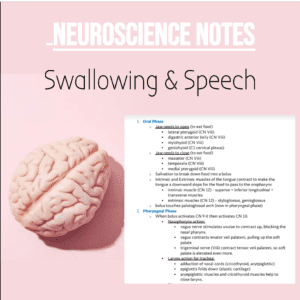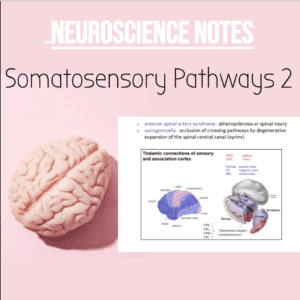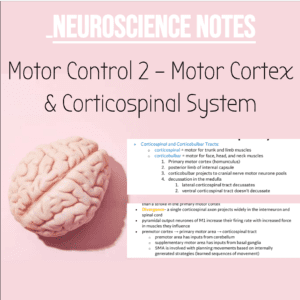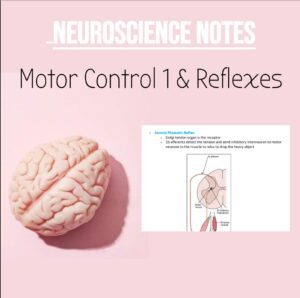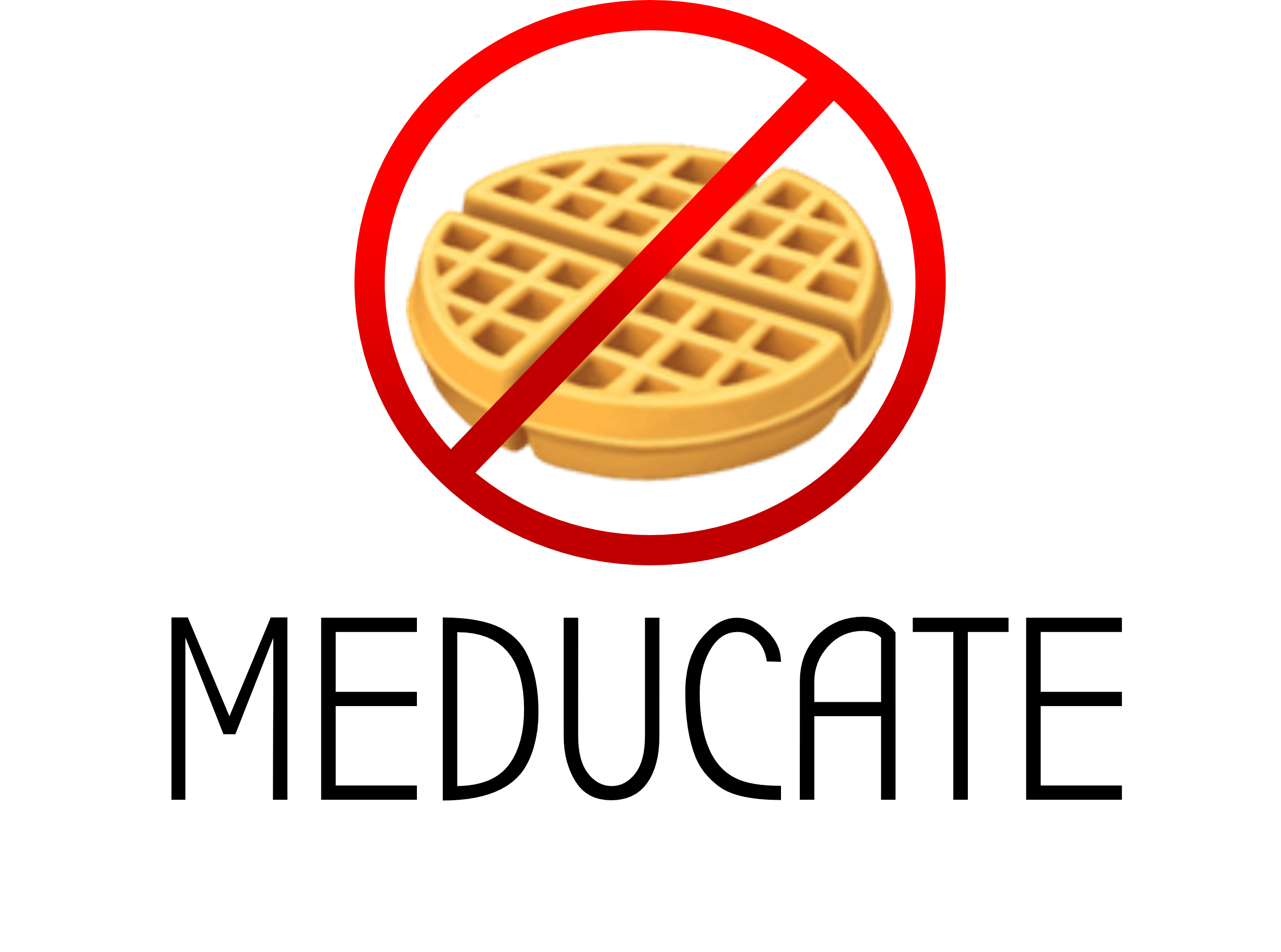 Notes: nsb neuroscience -vestibular & motor control
Notes: nsb neuroscience -vestibular & motor control
Similar resources:
Y2, Y2Notes, Y2 NSB, Neuro Notes, Neuroscience, Christopher Yeo, Chris Yeo, NSBMovement, NSBEar, NSBNeuro
N&B Neuroscience: Vestibular and
Locomotor Systems
Vestibular Systems:
• Utricle and Saccule detect linear acceleration
• Semi-circular canals detect angular acceleration
• Descending Vestibulospinal System:
o takes information from the vestibular apparatus about balance and it
travels down to ‘anti-gravity’ muscles in the arms and legs to help
maintain balance (also maintains posture)
o ipsilateral tract
▪ medial vestibulospinal tract- to neck and upper back to maintain
posture
▪ lateral vestibulospinal tract- to arms and legs for ‘anti-gravity’
muscles to be balanced
• postural adjustments require anticipatory motor responses- before the
movement occurs
o these anticipatory responses can be learnt via the cerebellum
(proprioception and vestibular system)
o damage to anterior lobe of cerebellum prevents learning anticipatory
motor responses
• vestibulospinal and cervicospinal reflexes act together to maintain body
posture
o vestibulocollic (head-neck) and cervicocollic (neck-neck) reflexes also
help
Ascending Vestibulo-Ocular System:
• stabilises your gaze when your head moves
o head moves one way (to the right)
o excitation of right horizontal canal
o excites vestibular nuclei via vestibulocochlear nerve
▪ nerves move to contralateral side to abducens nucleus (via medial
longitudinal fasciculus) and activate abducens nerve to activate
lateral rectus extraocular muscle
▪ nerve move to ipsilateral side to oculomotor nucleus to
oculomotor nerve to activate medial rectus
o eye move opposite direction to head (to the left)
o gaze is stabilised
o the cerebellum is needed for calibrating and maintaining vestibular
reflexes
▪ vestibular information passes to the cerebellum via mossy fibres
and parallel fibres.
▪ retinal slip error signals pass to the flocculus via climbing fibres
from the inferior olive
▪ climbing fibres inputs instruct modifications
N&B Neuroscience: Vestibular and
Locomotor Systems
Locomotor Systems:
• rhythmic activity for walking is generated by spinal neuronal networks
• for locomotion, (spinal circuits) Central Pattern Generators (CPGs) organise
oscillatory activity. Flexor Reflex Afferents (FRA) modulate this activity
(sensory inputs that feedback for the CPGs).
• The mesencephalic locomotor region (MLR) influences the reticulospinal
system
o MLR receives input from the basal ganglia, motor cortices, limbic system
about movement
o stimulating the MLR activates locomotion
o the strength of the stimulus is important as it influences the rate of
activity (high stimulus = running, low stimulus = walking)
o MLR → medial reticular formation → spinal locomotor system
N&B Neuroscience: Vestibular and
Locomotor Systems
• The lateral vestibular nucleus- source of the lateral vestibulospinal tract that
allows extensor muscles to move
• The Red Nucleus- source of the rubrospinal tract that allows flexor muscle to
move
• by alternating the activity of these two nuclei with CPGs, it allows for
locomotion.
• The Cerebellum strongly influences rhythmic activities of the lateral vestibular
nucleus and red nucleus
o lesion on the cerebellum causes uneven stepping)
• when it is important to place feet in a specific location, the motor cortex is used
to guide the final foot position
